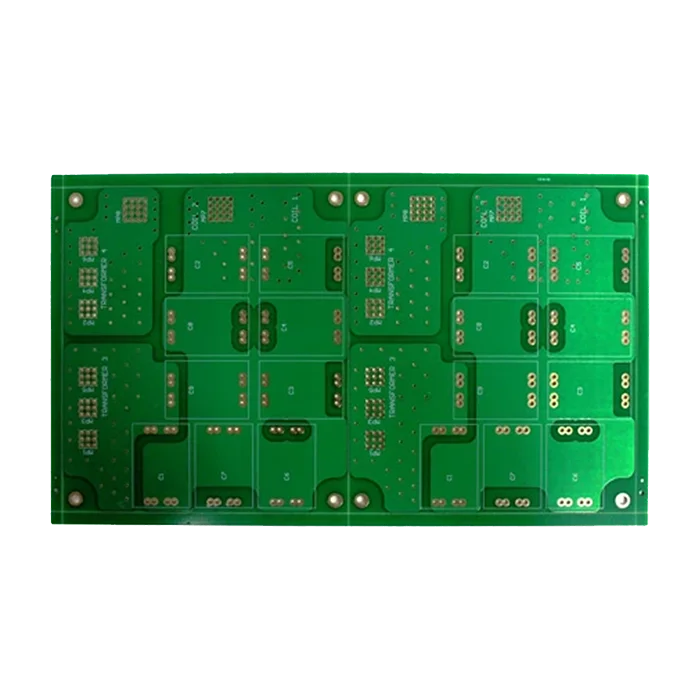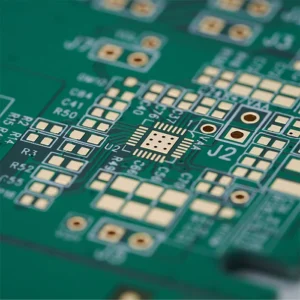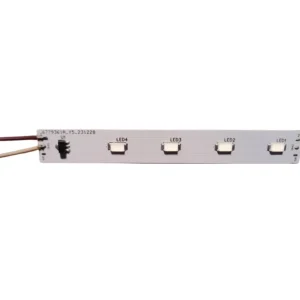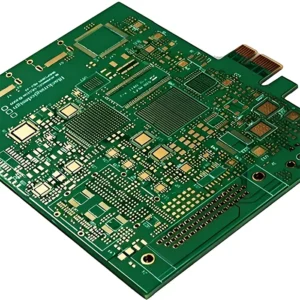4 layer PCB rigid board supply
$28.50
4 layer PCB rigid board has better mechanical strength, striking a good balance between design complexity, performance, and cost. Its internal signal layer is sandwiched between the ground and power layer, which ensures higher signal integrity, lower EMI, and better thermal management. The 4-layer PCB rigid board supply from MOKOPCB is your ideal choice. Contact us for more details.
Shipping fee and delivery date to be negotiated. Send inquiry for more details.
Your payment information is processed securely. We do not store credit card details nor have access to your credit card information.
Claim a refund if your order is missing or arrives with product issues, our support team would deal with your refund within 24 hours.
| Layer Counts | 4L |
| Base Material | FR-4 |
| Board Thickness(mm) | 1.6 |
| Max board size(mm) | 570*850 |
| PCB size tolerance | ±0.3mm |
| Min. Hole Size | 0.3mm |
| Min. Line Width | 5mil |
| Copper Weight | 1oz |
| Surface Finish | ENIG |
| Certificate | UL, RoHS, ISO, and REACH |
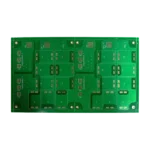 4 layer PCB rigid board supply
4 layer PCB rigid board supply
| 5 star | 0% | |
| 4 star | 0% | |
| 3 star | 0% | |
| 2 star | 0% | |
| 1 star | 0% |
Sorry, no reviews match your current selections
Questions & Answers
1.What are the minimum and maximum PCB sizes you can manufacture?
We can manufacture PCBs with dimensions ranging from a minimum of 10*10 mm to a maximum of 570*1200mm.
2.What PCB materials are available?
We provide a variety of board materials, including standard FR-4, CEM-1, CEM-3, aluminum, Rogers, etc.
3.What is standard 4 layer rigid PCB thickness?
The standard thickness of a 4-layer rigid PCB is 1.6mm. However, other thickness options are available based on your specific requirements.
4.What are the different types of 4 layer PCB rigid board stack-ups?
Typical 4-layer rigid PCB stack-ups include the following configurations:
Signal – Ground – Power -Signal
Signal – Ground – Ground -Signal
Signal – Ground – Signal – Ground
Signal – Power – Power – Signal
5.What are the benefits of 4-layer PCB rigid boards?
4 layer PCB rigid board offers several advantages, covering:
A good trade-off between cost and design complexity
Greater flexibility in PCB design
Improved signal integrity
Better heat dissipation
Stronger structural stability and durability

